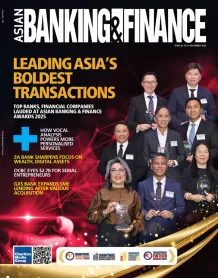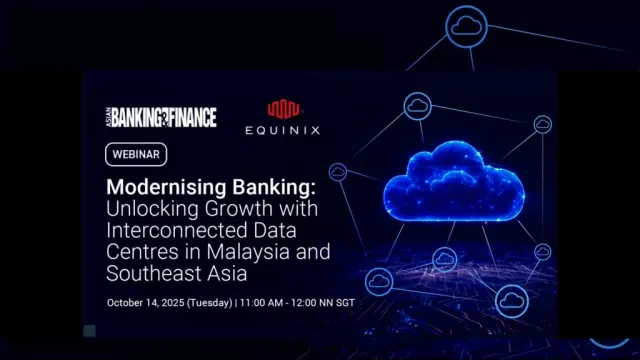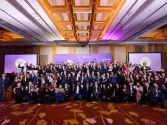Join the community
Thought Leadership Centre
Most Read
1. Finance leaders flag governance risks with fast growing fintech systems 2. Why AI governance is a key priority for financial institutions 3. Foreign institutions pursue market entry as Japan strengthens fintech rules 4. Payment leaders push for interoperability to solve SME cash flow 5. Five takeaways from day 1 of the Singapore Fintech FestivalResource Center
Awards
Jul
02
Events
Event News
Asian Banking & Finance Retail Banking Awards 2025 Winner: Carlo Mariano and Ivy Uy of East West Banking Corporation
Carlo Mariano of East West Banking Corporation shares how EWBC’s regulatory solution ensures compliance while putting customers first.

 Advertise
Advertise



















Commentary
The evolution of ATM technology in India
The evolution of ATM technology in India
3 practical steps Asian banks can take to respond to regulatory change
Exploring financial accessibility for SMEs
Taiwan becoming a local hub for RMB settlement and trading
How Asian banks can migrate efficiently to EMV chip-based cards
Does mandatory margining of non-cleared swaps make sense for Asia?
Why you should now consider working for an Asian bank
11Cs for better credit analysis in Asia
3 main drivers of cash pooling in Asia Pacific
The impact of currency appreciation on trade performance in Asia
Singapore driving Indonesian banking expansion
Why there is no fair exchange of value in Asian banks' mass affluent segment
What Asian bankers must know about the New Great Game in Asia
Why Singapore is well-equipped to facilitate RMB trading
It's high-time to use more credit insurance to support trade finance
4 tips to achieve optimal liquidity position in Asia
A quick guide to shifting from investing to trading